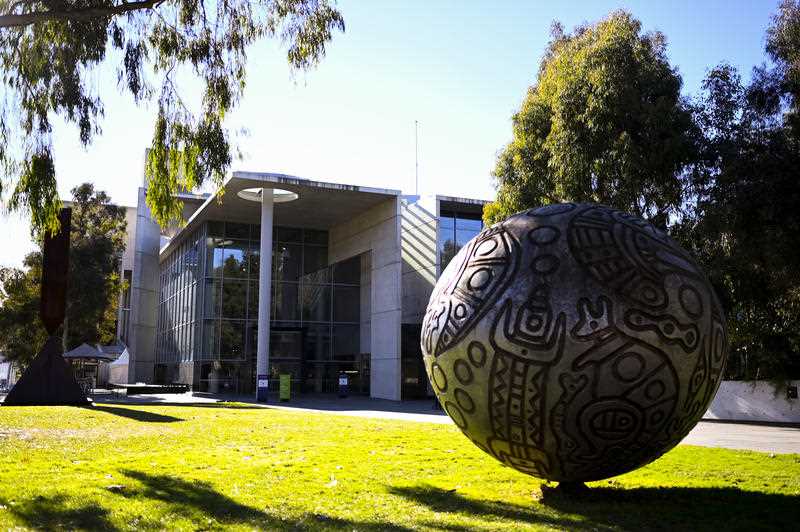The National Gallery of Australia will reschedule a major showcase of Aboriginal art, although a government probe into allegations of artistic interference is still under way.
The exhibition Ngura Pulka – Epic Country will feature paintings from the APY (Anangu Pitjantjatjara Yankunytjatjara) Art Centre Collective.
The show was put on hold in April after allegations were aired in The Australian newspaper that non-Indigenous art workers from the collective had interfered with paintings.
On Wednesday, an independent review commissioned by the gallery cleared the 28 artworks, and the gallery has agreed to reschedule the exhibition.
Artists from the collective said the attack on their integrity and art had been “thrown in the rubbish bin where it belongs”.
But the matter is far from over – they and art centre general manager Skye O’Meara still face a second, broader investigation led by the South Australian government.
While the National Gallery’s probe sought only to ensure that artists exercised “effective creative control” over their paintings, the South Australian review has a much wider brief.
As well as looking at allegations of intervention, concealment and failing to provide a safe workplace, it will also review the collective’s governance, management and practices.
The danger for the National Gallery is that any adverse findings might reflect not only on the collective but also the exhibition, and it is not known how long the review will take.
On Thursday, the gallery said it would be willing to assist a government-led inquiry if asked to do so, which suggests it could turn evidence over to the South Australian probe.
Ms O’Meara is confident the collective will again be cleared, and has characterised the allegations as “an opening shot in a deliberate effort to destroy the collective and its significant artistic, cultural and economic achievements”.
There were some aspects of Wednesday’s findings that would have been reassuring.
The initial allegations aired by The Australian featured a 50-second edited video ostensibly showing art workers interfering with a canvas, and investigators were unable to obtain an unedited version of this footage.
Also, two artists who claimed the work of other painters had not been done independently recanted and withdrew their evidence, while other witnesses failed to provide sworn statements.
Crucially, dated photographic evidence revealed cracks in the claims of interference.
“These inconsistencies meant that some of the most important allegations of direct and improper interference were, in our view, unsustainable,” the review found.
By Liz Hobday



